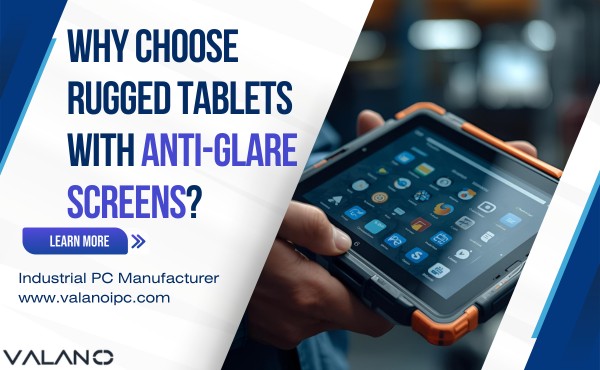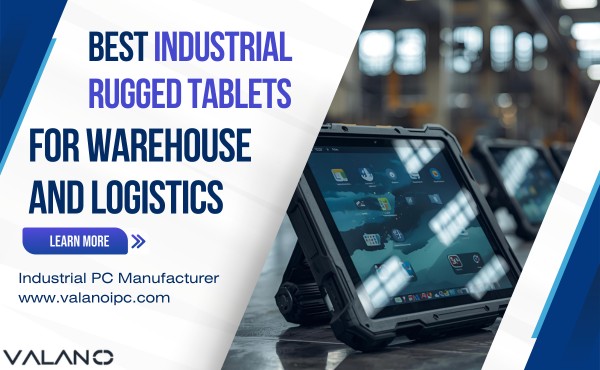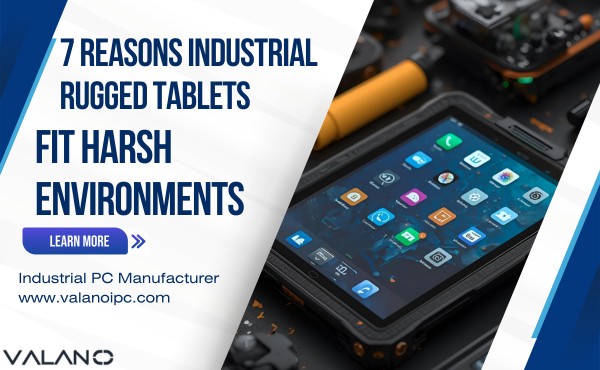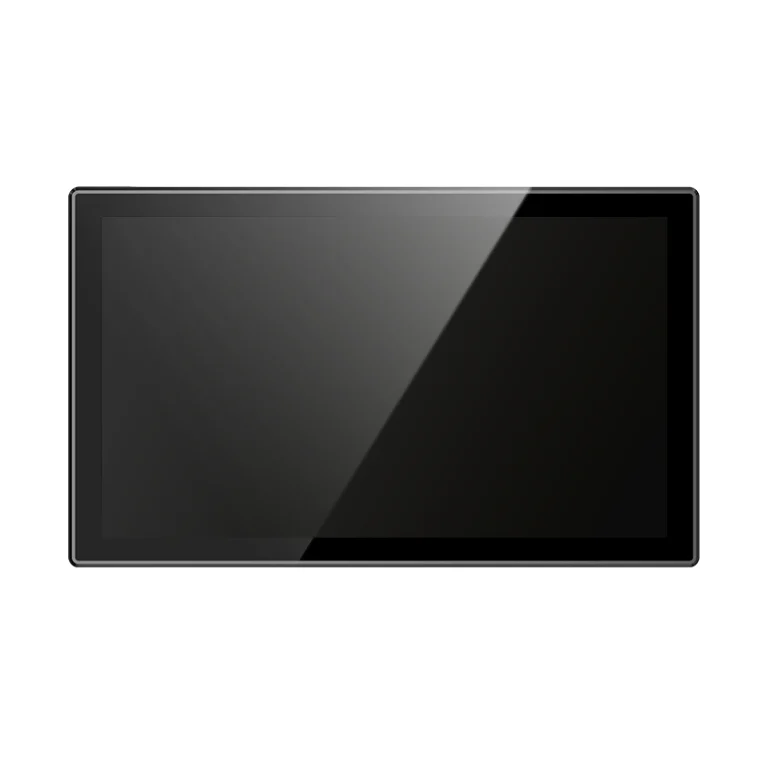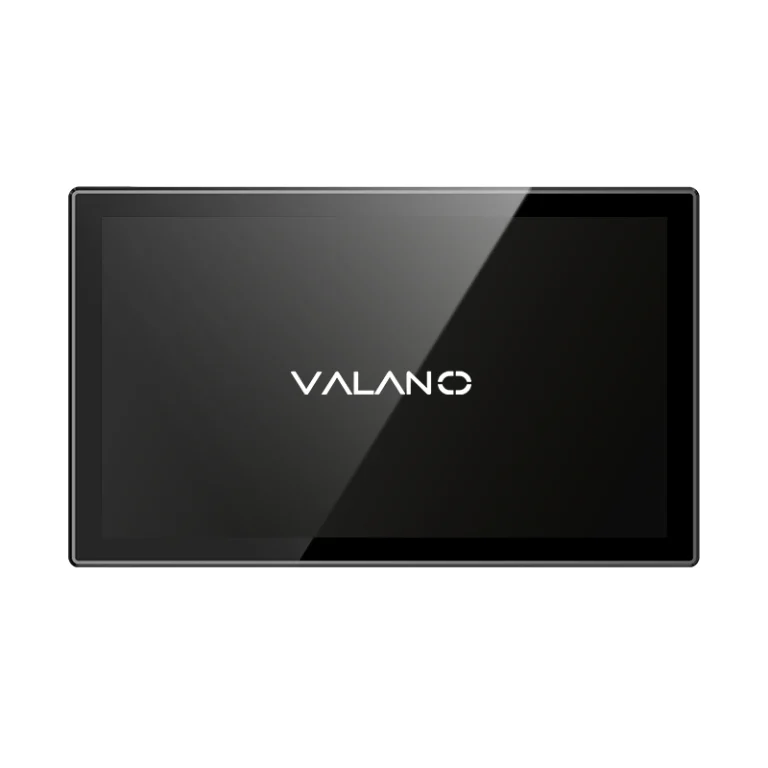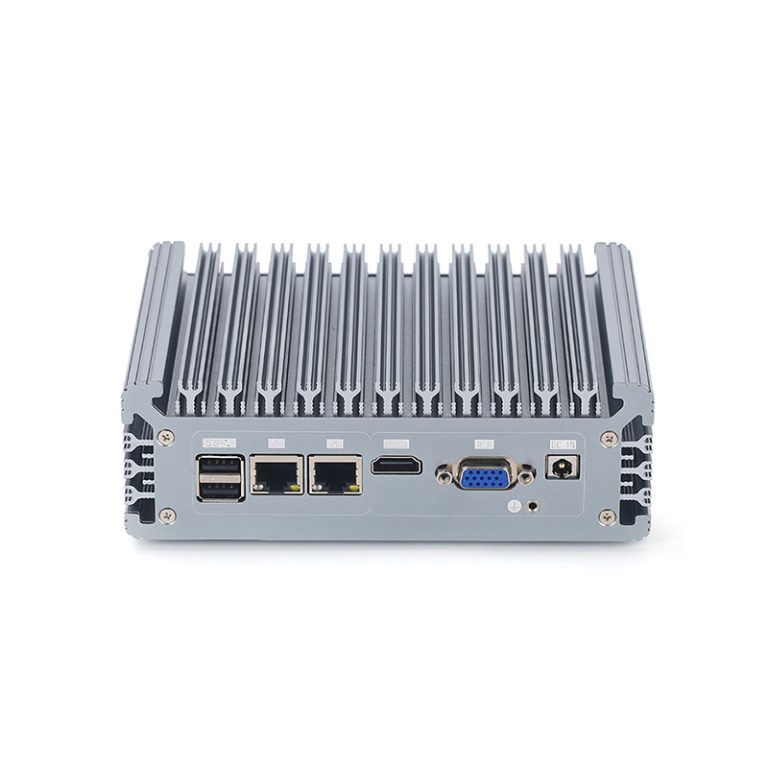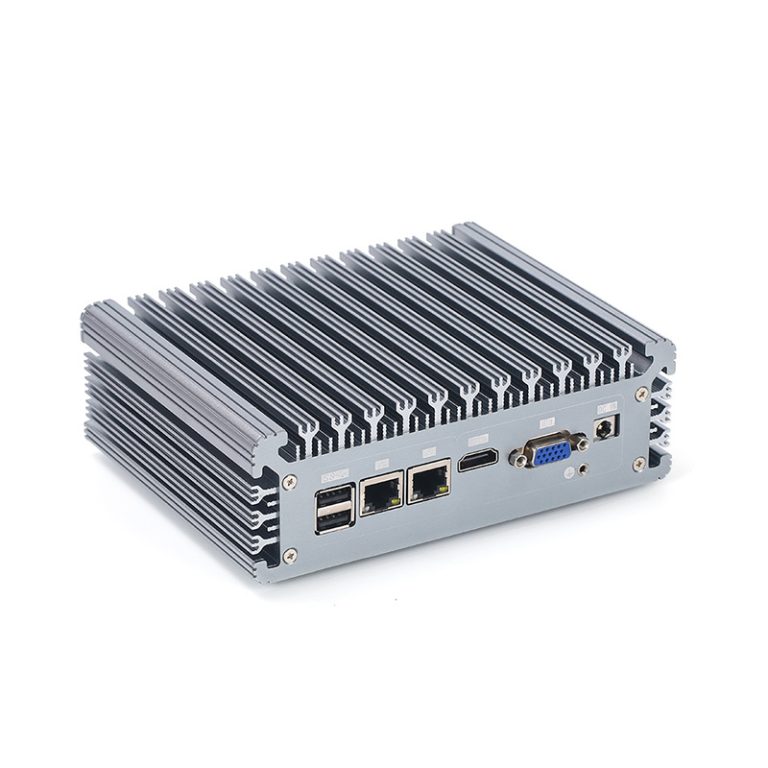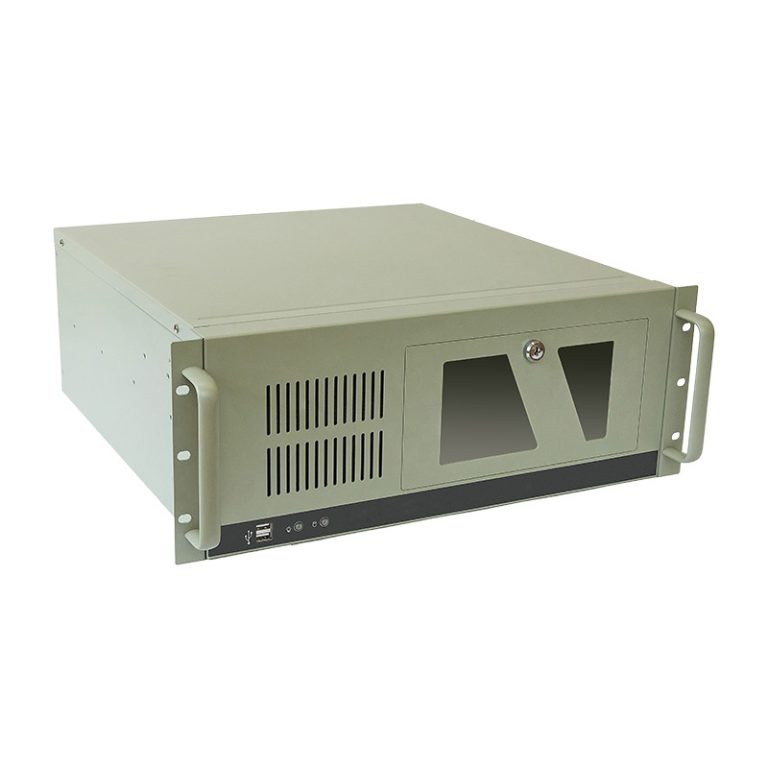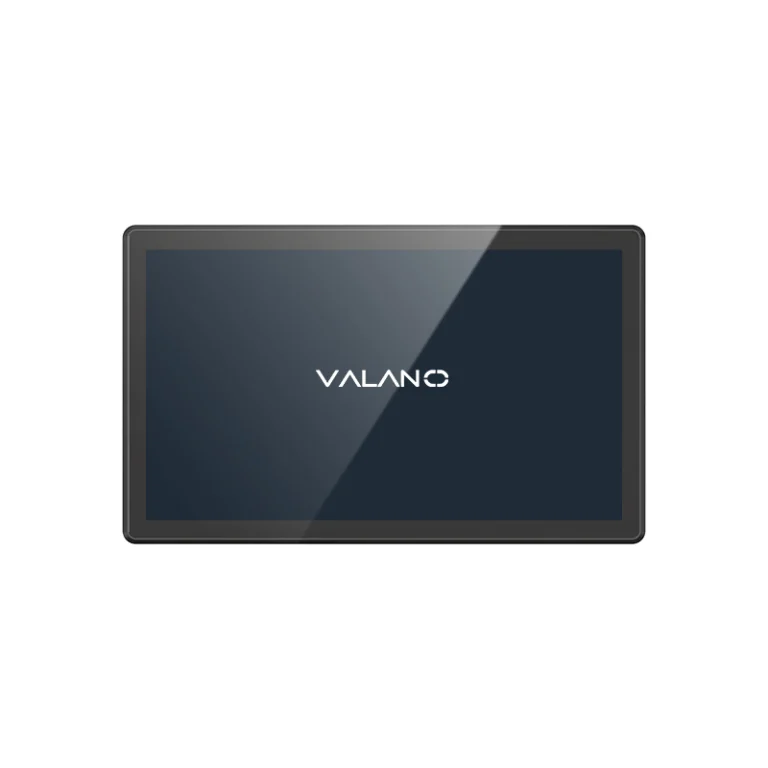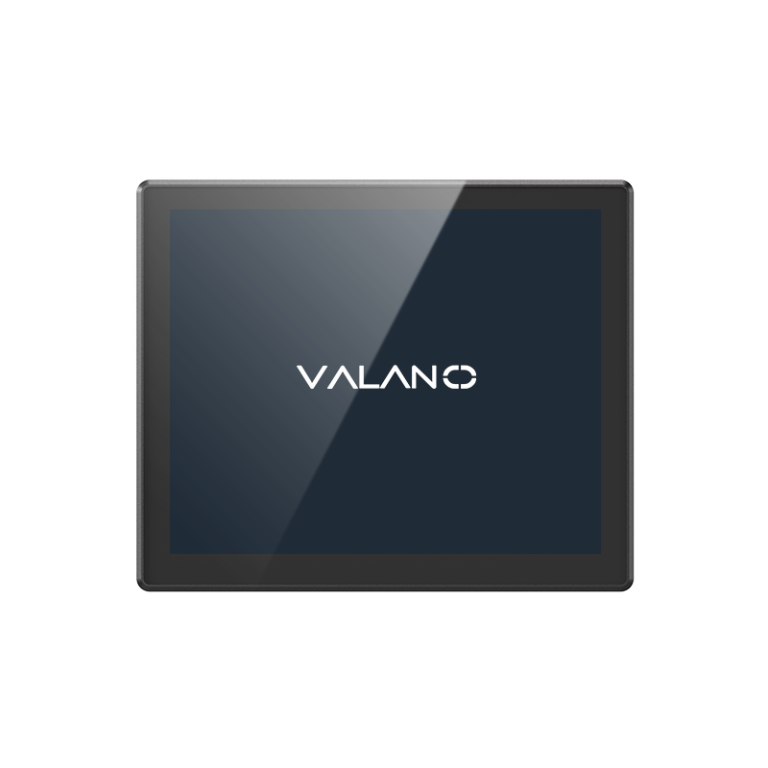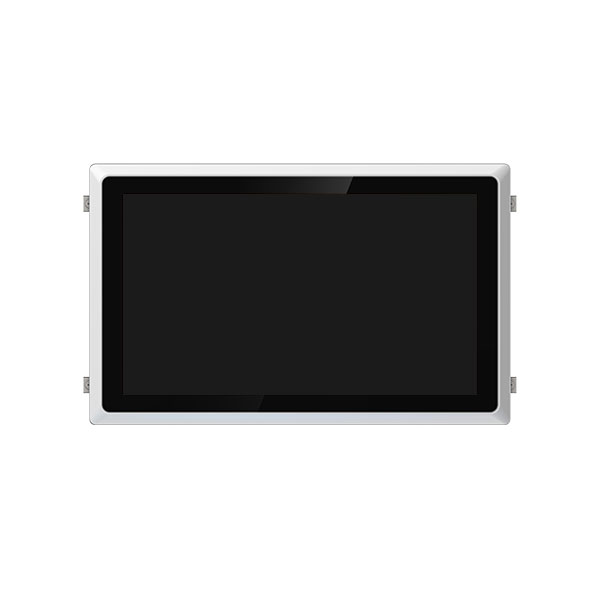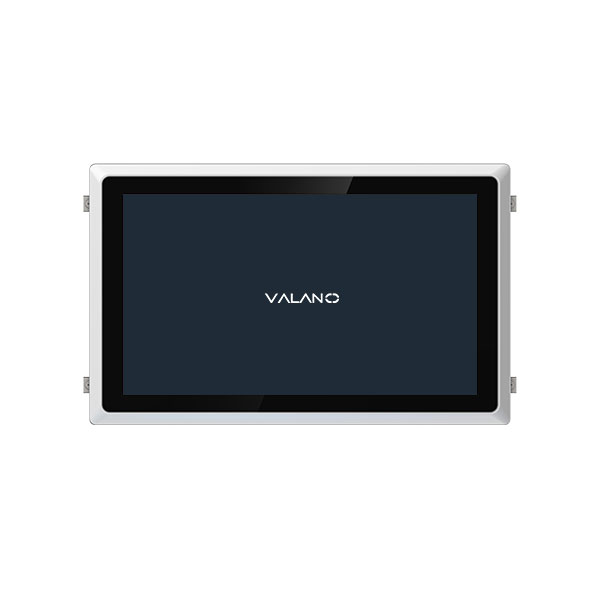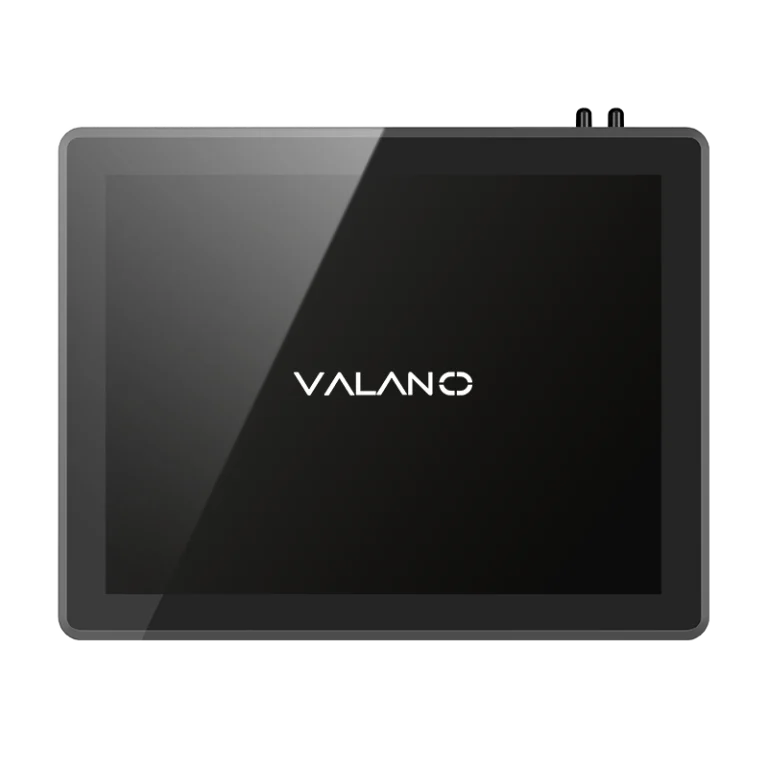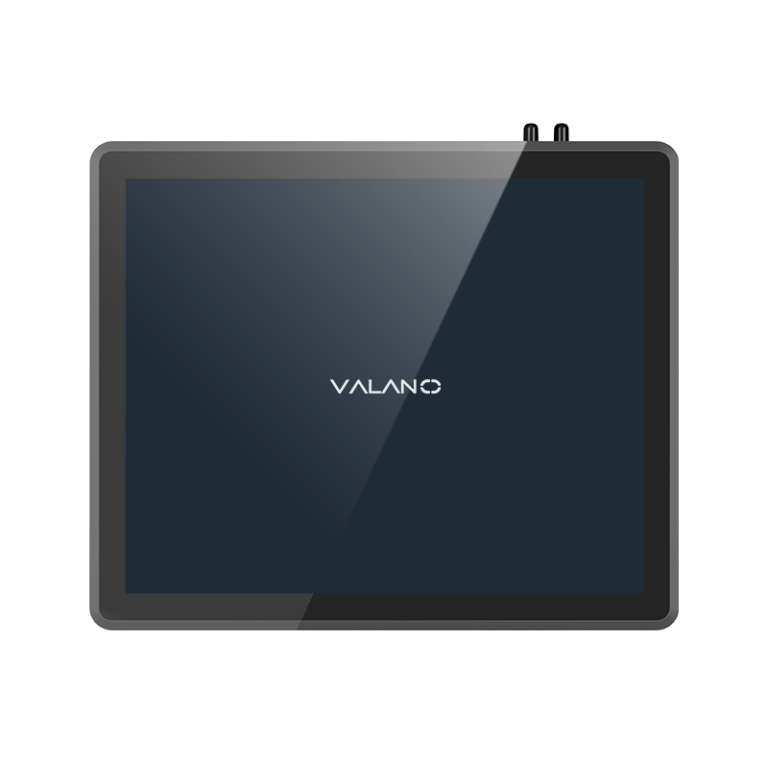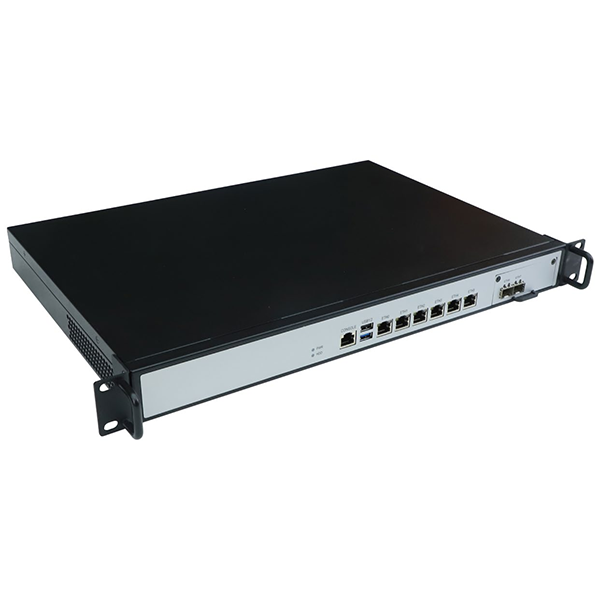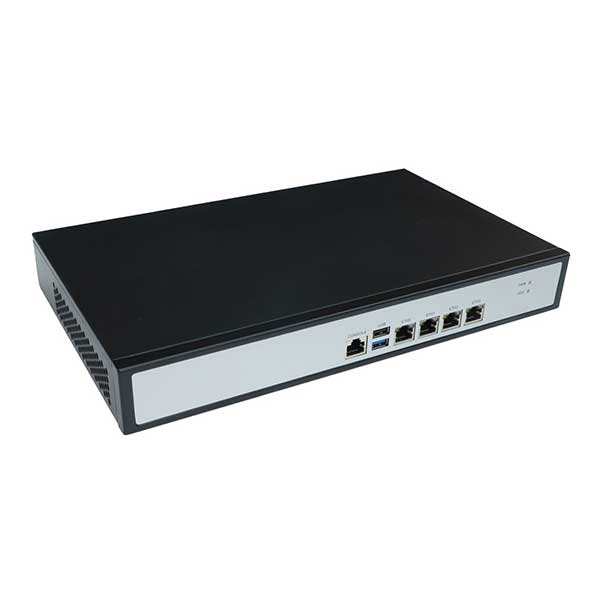Extreme temperature environments can damage standard computers, causing failures in heat, cold, or sudden temperature changes. Engineers rely on wide temperature industrial PCs, designed with rugged enclosures and specialized components to protect vital systems and extend lifespan. In this guide, we explore the key factors to consider when selecting these industrial computers for harsh conditions.
Wide Temp Industrial PC Overview
A wide temperature industrial PC is a computer designed to operate in environments with extreme heat or cold. These systems use specialized components that resist damage from temperature swings. Engineers select these PCs for factories, outdoor installations, and remote sites.
Wide temperature industrial PCs feature rugged enclosures and advanced thermal management. Manufacturers often use fanless designs to prevent dust buildup and reduce moving parts. Some models include heat sinks or thermoelectric coolers to maintain stable internal temperatures.
The main difference between a regular PC and a wide temperature industrial PC is the supported temperature range. Standard computers usually work best in offices or climate-controlled rooms. Industrial models handle a wide temperature range, which means they keep running in freezing cold or intense heat.
| Feature | Standard PC | Wide Temperature Industrial PC |
|---|---|---|
| Operating Range | 0°C to 40°C | -20°C to 60°C or wider |
| Cooling System | Fans | Fanless, heat sinks, coolers |
| Dust Protection | Minimal | Sealed, rugged enclosure |
These PCs also resist shock and vibration, and humidity. Their design helps protect sensitive electronics from harsh conditions. Wide temperature industrial PCs support reliable operation in demanding environments.
Why Temperature Matters for Industrial PCs
Harsh Industrial Environment
Industrial sites often face extreme environments. Workers encounter heat, cold, dust, and humidity every day. These factors can damage electronics and cause failures.
Temperature extremes push computers beyond their limits. High heat can melt components or cause them to overheat. Cold can make screens freeze or batteries lose power quickly.
Dust and humidity add more risks. Dust can block cooling systems and cause short circuits. Humidity can lead to corrosion and electrical problems.
Why PCs Fail in Harsh Conditions
Standard PCs cannot handle extreme environments. Their cooling systems rely on fans, which clog with dust. Most consumer models work only in mild temperature ranges.
Extreme conditions cause standard PCs to shut down or break. Heat can warp circuit boards and cold can crack screens. These failures lead to costly downtime and lost productivity.
Standard PCs lack protection against harsh conditions. They do not have sealed cases or special coatings. Their parts wear out quickly when exposed to temperature extremes.
How to Choose Wide Temperature Industrial
Selecting the right system for harsh environments requires careful attention to several key selection criteria. Engineers must choose wide temperature industrial computers that match the specific hazards of their application. The following factors help ensure durability and reliable protection in extreme conditions.
Operating Temperature Range
The operating temperature range defines the limits where industrial computers can function without failure. Wide temperature models support both extreme cold and extreme heat, making them suitable for outdoor sites and manufacturing plants. Matching the industrial temperature range to the expected environment prevents costly downtime.
Ingress Protection
Ingress protection measures how well a device resists dust and moisture. High IP ratings indicate rugged protection against water and particles. Industrial computers with strong ingress protection last longer in dirty or wet locations.
| IP Rating | Protection Level | Typical Use Case |
|---|---|---|
| IP65 | Dust tight, water jets | Outdoor kiosks |
| IP67 | Dust tight, immersion | Mining sites |
Environmental ratings also include resistance to humidity and chemicals. Rugged industrial computers often feature sealed enclosures for added durability.
Shock and Vibration Resistance
Industrial computers face constant movement and impact in many settings. Shock and vibration resistance ensures stable operation on factory floors and vehicles. Rugged designs use reinforced mounts and solid-state drives to prevent damage.
Power Input Flexibility
Power input flexibility allows industrial computers to operate with different voltage sources. This feature supports deployment in remote areas and unstable grids. Wide temperature models often include surge protection for added safety.
Mounting Options
Mounting options affect how easily engineers can install industrial computers in tight or unusual spaces. Rugged systems offer versatile brackets, DIN rail mounts, and wall mounts. Flexible mounting increases protection from vibration and physical hazards.
Certifications and Compliance
Certifications prove that industrial computers meet safety and environmental standards. Common certifications include CE, FCC, and UL. Compliance ensures rugged industrial computers perform reliably in regulated industries.
Long-Term Support
Long-term support guarantees access to updates and replacement parts. Manufacturers who offer extended warranties and service plans help maintain durability over time. Choosing wide temperature models with strong support reduces risk in mission-critical operations.
Matching Industrial PCs to Applications
Manufacturing and Automation
Industrial computers play a vital role in manufacturing. Engineers use these systems to control machines and monitor production lines. Wide temperature industrial models withstand heat from ovens and cold storage areas. These computers resist dust and vibration from heavy equipment. Many industrial sites require rugged computers for continuous operation. Industrial computers help maintain safety and efficiency in automated processes.
Transportation and Outdoor Use
Industrial computers support transportation systems. They operate in vehicles, trains, and outdoor kiosks. Extreme temperatures and constant movement challenge these computers. Wide temperature industrial models resist shock and vibration. Outdoor industrial applications expose computers to rain, snow, and sunlight. Engineers choose industrial computers with high ingress protection for these settings.
| Application | Key Industrial Requirement | Example Environment |
|---|---|---|
| Vehicle Control | Shock resistance | Trucks, trains |
| Outdoor Kiosks | Water protection | Bus stops, stations |
Industrial computers in transportation must handle unstable power sources. Flexible power input ensures reliable operation.
Energy and Remote Sites
Industrial computers monitor energy production and distribution. Oil fields, wind farms, and solar installations use these systems. Remote industrial sites face extreme weather and limited maintenance. Wide temperature industrial computers operate in freezing cold and intense heat. Engineers rely on rugged computers for data collection and control. Industrial computers with long-term support reduce downtime in remote applications.
Application-Specific Challenges
Each industrial application presents unique challenges. Manufacturing demands dust resistance and vibration protection. Transportation needs shock resistance and flexible mounting. Energy sites require wide temperature ranges and remote management. Engineers must match industrial computers to the hazards of each environment. Careful selection ensures reliable performance in all industrial applications.
- Industrial computers offer solutions for harsh conditions.
- Wide temperature industrial models protect vital systems.
- Engineers improve safety and productivity with the right industrial computers.
Conclusion
Choosing wide temperature industrial PCs requires careful attention to temperature range, ruggedness, and environmental protection. Certifications play a key role in ensuring these computers meet industry standards. They help users trust the product’s reliability, showing that the PC can handle harsh environments and proving that the system passed strict tests. Certifications also support long-term use in critical applications, giving peace of mind to engineers and operators, while helping companies meet legal and safety requirements.
Reliability ultimately depends on matching the PCs’ features to the specific needs of each industry.. For the best results, users should consult experts or solution providers before making a final decision.






